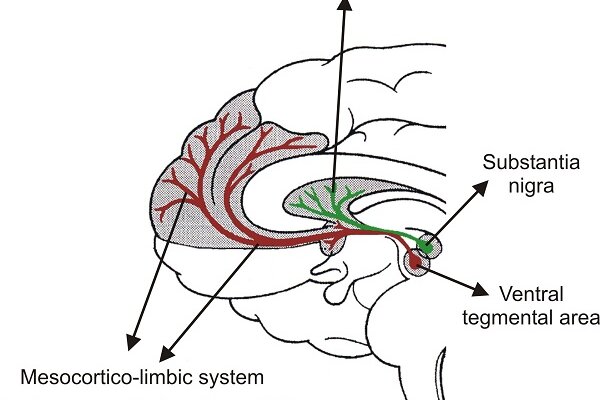2009-09-24

Response inhibition is a component of executive functions, which can be divided into distinct subprocesses by means of event-related potentials (ERPs). These subprocesses are (pre)-motor inhibition and inhibition monitoring, which are probably reflected by distinct ERP-components. We asked, if these subprocesses may depend on distinct basal ganglia subsystems. We examined response inhibition processes in an extended sample of young and elderly subjects, patients with Parkinson’s disease (PD) and Huntington’ disease (HD). This combination of groups also allow us to study whether, and to what degree, pathological basal ganglia changes and healthy aging have similar and/or different effects on these processes. Indeed subprocesses of response inhibition are differentially modulated by distinct basal ganglia circuits. Processes related to (pre)-motor inhibition appear to be modulated by the nigrostriatal system, and are sensitive to aging and age-related basal ganglia diseases (i.e. PD). Parkinson’s disease induces additive effects of aging and pathology. In contrast, inhibition monitoring is most likely modulated by the mesocortico-limbic dopamine system. These processes are equally affected in healthy aging and both basal ganglia diseases (i.e. PD, HD).

Response inhibition is a component of executive functions, which can be divided into distinct subprocesses by means of event-related potentials (ERPs). These subprocesses are (pre)-motor inhibition and inhibition monitoring, which are probably reflected by distinct ERP-components. We asked, if these subprocesses may depend on distinct basal ganglia subsystems. We examined response inhibition processes in an extended sample of young and elderly subjects, patients with Parkinson’s disease (PD) and Huntington’ disease (HD). This combination of groups also allow us to study whether, and to what degree, pathological basal ganglia changes and healthy aging have similar and/or different effects on these processes. Indeed subprocesses of response inhibition are differentially modulated by distinct basal ganglia circuits. Processes related to (pre)-motor inhibition appear to be modulated by the nigrostriatal system, and are sensitive to aging and age-related basal ganglia diseases (i.e. PD). Parkinson’s disease induces additive effects of aging and pathology. In contrast, inhibition monitoring is most likely modulated by the mesocortico-limbic dopamine system. These processes are equally affected in healthy aging and both basal ganglia diseases (i.e. PD, HD).